Archives
- 2025-12
- 2025-11
- 2025-10
- 2025-09
- 2025-03
- 2025-02
- 2025-01
- 2024-12
- 2024-11
- 2024-10
- 2024-09
- 2024-08
- 2024-07
- 2024-06
- 2024-05
- 2024-04
- 2024-03
- 2024-02
- 2024-01
- 2023-12
- 2023-11
- 2023-10
- 2023-09
- 2023-08
- 2023-07
- 2023-06
- 2023-05
- 2023-04
- 2023-03
- 2023-02
- 2023-01
- 2022-12
- 2022-11
- 2022-10
- 2022-09
- 2022-08
- 2022-07
- 2022-06
- 2022-05
- 2022-04
- 2022-03
- 2022-02
- 2022-01
- 2021-12
- 2021-11
- 2021-10
- 2021-09
- 2021-08
- 2021-07
- 2021-06
- 2021-05
- 2021-04
- 2021-03
- 2021-02
- 2021-01
- 2020-12
- 2020-11
- 2020-10
- 2020-09
- 2020-08
- 2020-07
- 2020-06
- 2020-05
- 2020-04
- 2020-03
- 2020-02
- 2020-01
- 2019-12
- 2019-11
- 2019-10
- 2019-09
- 2019-08
- 2019-07
- 2019-06
- 2019-05
- 2019-04
- 2018-11
- 2018-10
- 2018-07
-
While a complete review of the molecular mechanisms regulati
2020-08-04
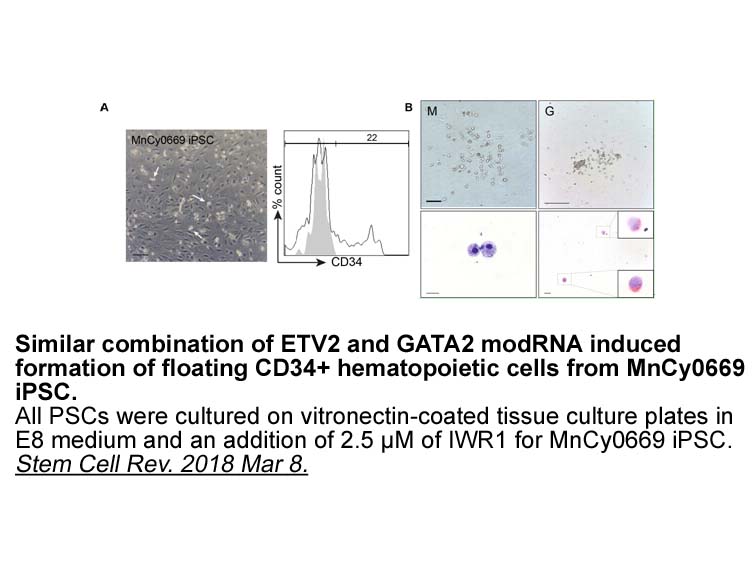
While a complete review of the molecular mechanisms regulating mammalian DGK activities is beyond the scope of this review, other reviews have covered much of this aspect (Shulga et al., 2011a; Topham and Epand, 2009; Tu-Sekine and Raben, 2011). In general, aside from enzyme Cy3-UTP levels, this re
-
This role of flexibility within the diethyl portion
2020-08-04
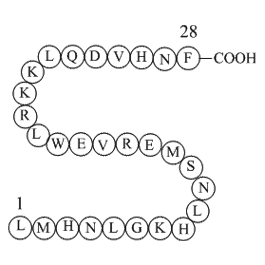
This role of flexibility within the diethyl portion of these molecules was probed via creation of a set of enamines derived from Meldrum’s acid, in which the alkyl portions of the ‘head’ group now form part of a rigid cyclic framework and cannot adopt the conformation shown in . The results of a stu
-
In addition to regulating the
2020-08-04
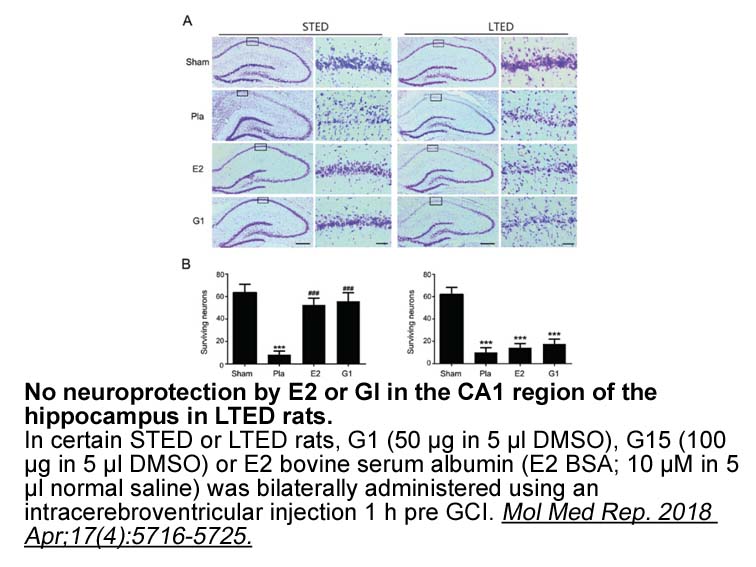
In addition to regulating the splicing of CPT1, it is possible that tra2 may regulate the splicing of additional lipid metabolic genes such as fatty 6 mercaptopurine synthase (dFAS) and acetyl-CoA carboxylase (dACC) which promote the synthesis of fatty acids or brummer (bmm), the fly homolog of adip
-
myosin There are studies that evaluated the
2020-08-04
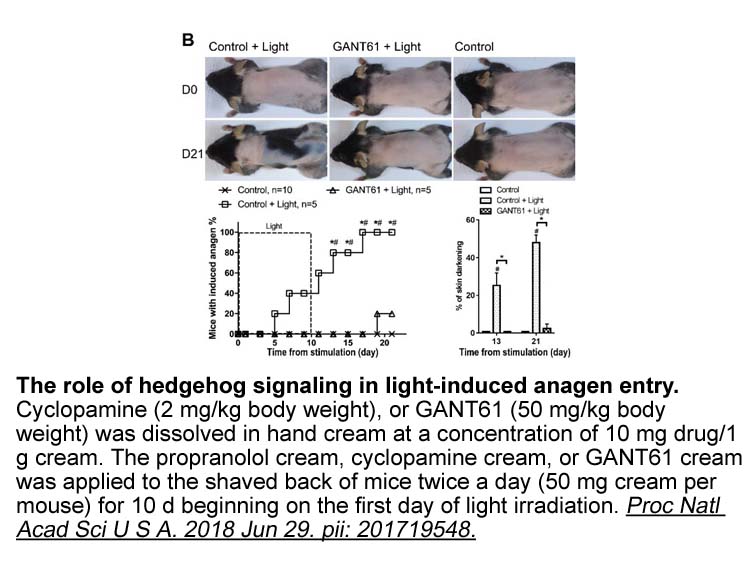
There are studies that evaluated the stability of CMV DNA over different periods of time. A study that evaluated stability of EDTA plasma samples stored over a 21-day period at 4 °C found no significant change in the viral loads or any trend of continued DNA degradation [9]. Another study did not fi
-
These results are consistent with current models of CMV
2020-08-04
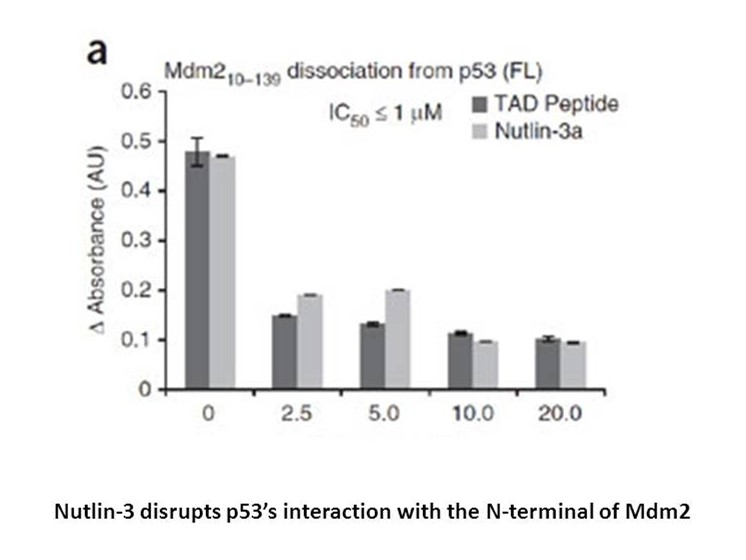
These results are consistent with current models of CMV persistence and reactivation. In immunocompetent individuals, CMV elicits a vigorous innate and adaptive immune response. Adaptive responses include induction of strongly neutralising humoral responses against panx australia required for syste
-
There is evidence to suggest that both that ligand
2020-08-04
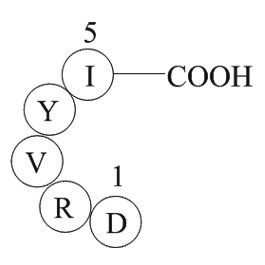
There is evidence to suggest that both that ligand-dependent and ligand-independent activation of estrogen receptors continue to occur in neuronal cells in absence of ovarian estrogens. The aromatase enzyme catalyzes the final step of estrogen synthesis, converting testosterones to estrogens (Thomps
-
br Acknowledgment br Background Ewing sarcoma ES is the
2020-08-04
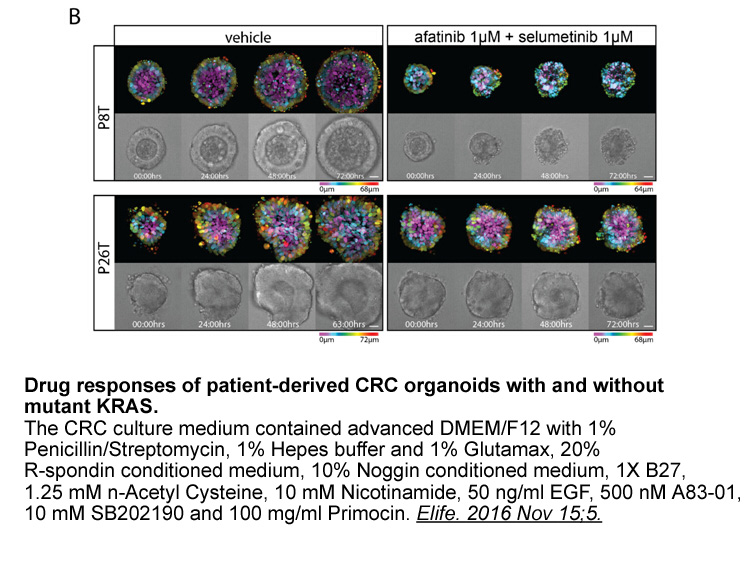
Acknowledgment Background Ewing sarcoma (ES) is the third most common primary bone sarcoma after osteosarcoma and chondrosarcoma. However it is still rare with an overall incidence of 2.9 new cases/1,000,000 every year in the United States [1]. In children and adolescents ES is mainly localise
-
PH-797804 One of the major limiting factors for
2020-08-04
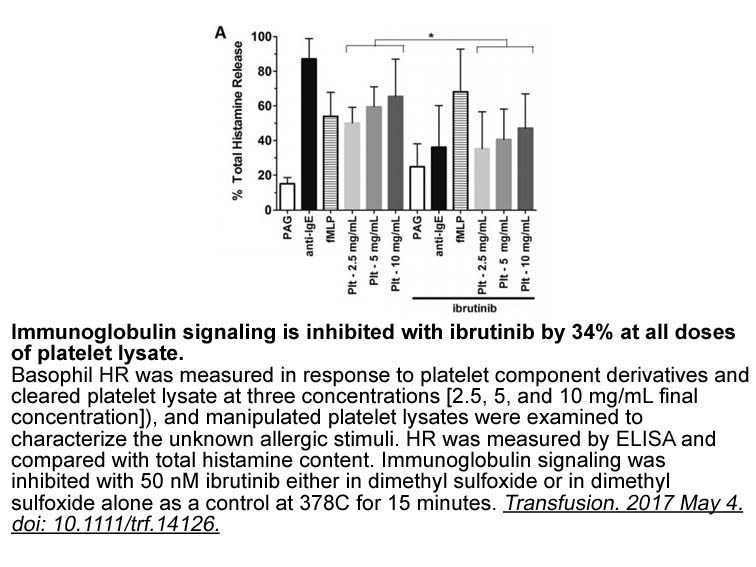
One of the major limiting factors for bioconversion of cellulosic waste such as paper sludge to valuable products is the cost of the enzymes, as they are commercially produced using high cost feedstocks. Reducing the enzyme dosage per gram cellulose/feedstock has been a major research area for the p
-
br Conclusions Relative extents of activity loss from enzyme
2020-08-04

Conclusions Relative extents of activity loss from enzyme–substrate interactions and from all combined environmental mechanisms were compared. Three independent metrics were quantified to demonstrate this: (1) Relative extents of inactivation, where the majority effect in activity loss was shown
-
In order to reveal if the
2020-08-04
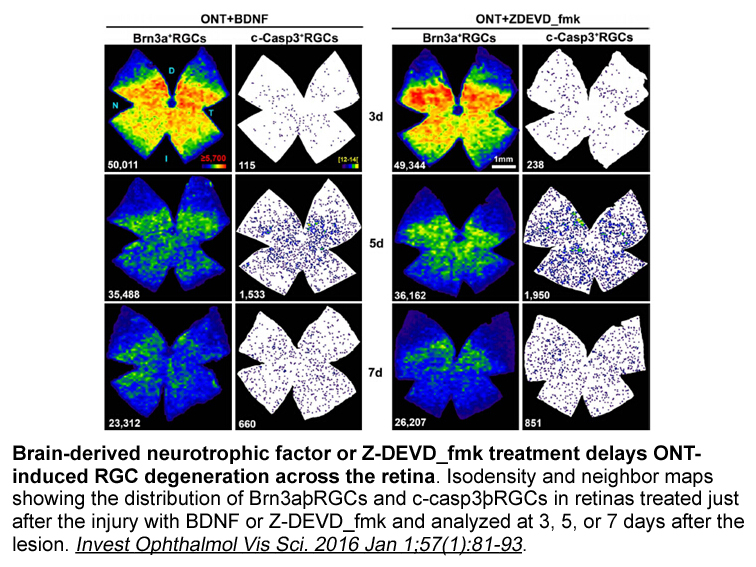
In order to reveal if the duration of FGE reaction time would have an effect on the extent of substrate sequence modification, the individual phage 4(1), 4(2), 4(3), and NC were again screened as above using different FGE reaction times of 60, 180, and 300min. From Fig. 3b, we see that indeed the lo
-
br Materials and methods br Results In the plex iTRAQ
2020-08-04
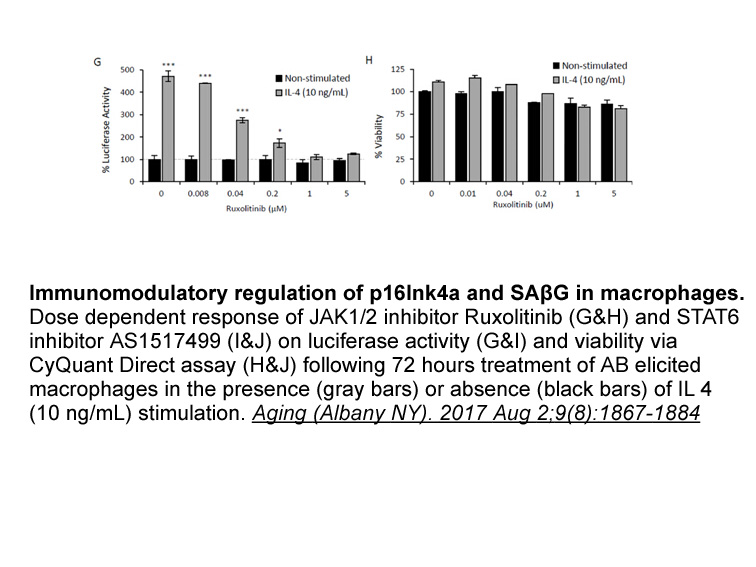
Materials and methods Results In the 4-plex iTRAQ labelled peptides, the fragments released from CID were the reporter ions at 114.1, 115.1, 116.1 and 117.1m/z. The fragmentation spectrum of f15–30 of αs1-casein is shown by way of example in Fig. 1. The sequence coverage was 56% and 60% for th
-
br Experimental br Results and discussions br Conclusions Su
2020-08-04
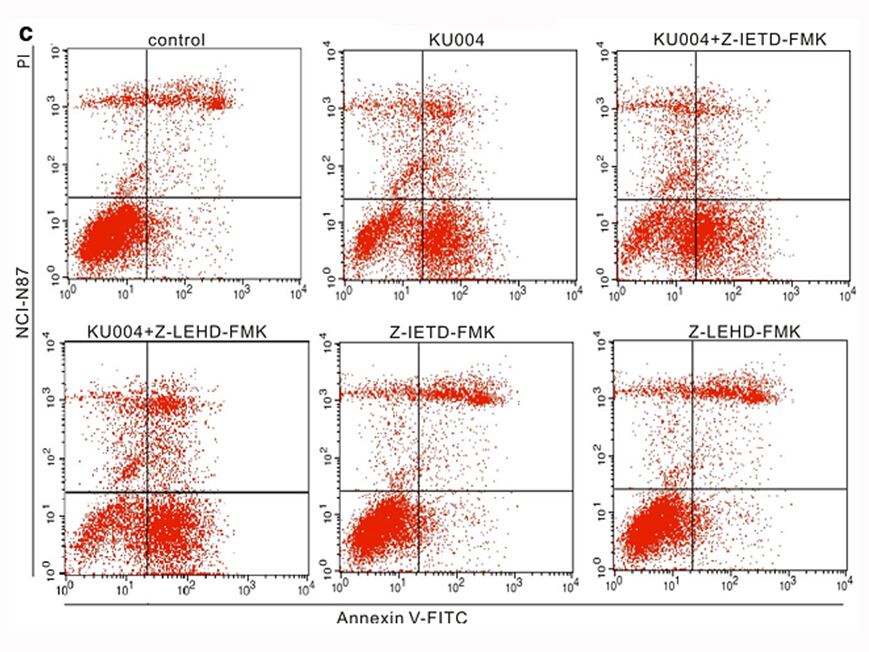
Experimental Results and discussions Conclusions Summarily, a ‘turn-on’ molecular probe RD2 with advanced selectivity toward DNA was developed by the incorporation of semilunar geometry through molecular complexity. The influence of the complex molecular architecture was established through
-
We detected full length DDR in the soma of only
2020-08-03
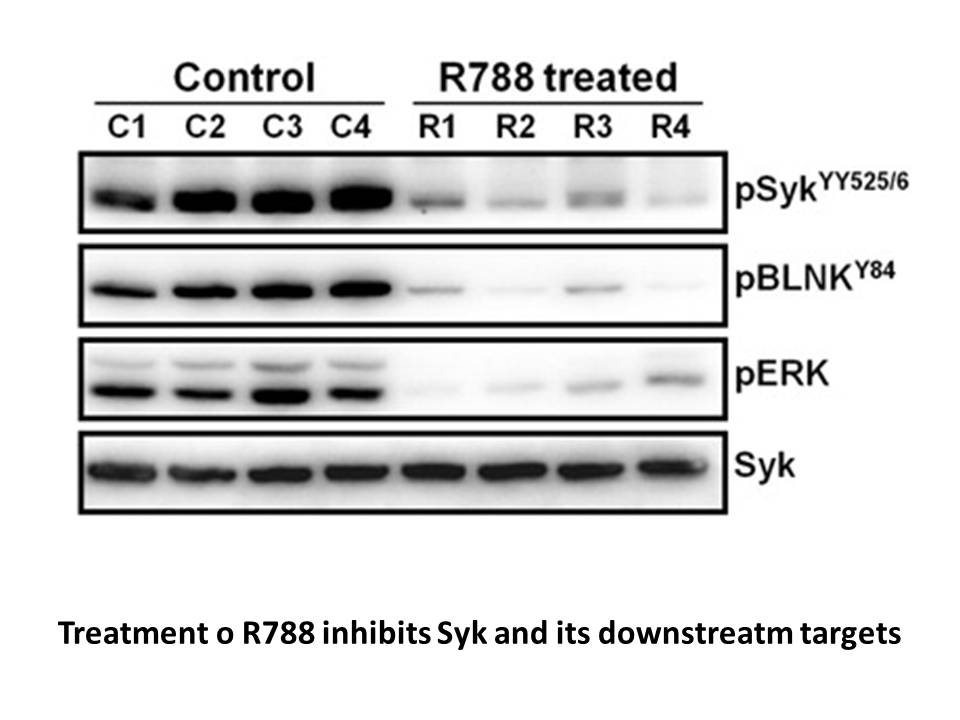
We detected full-length DDR1 in the soma of only certain astrocytes and oligodendrocytes, indicating that this receptor may be expressed in these cells only under particular circumstances, i.e., after activation of the cells by exogenous molecules such as growth factors and cytokines (Matsuyama et a
-
br Acknowledgments This work was supported in part
2020-08-03
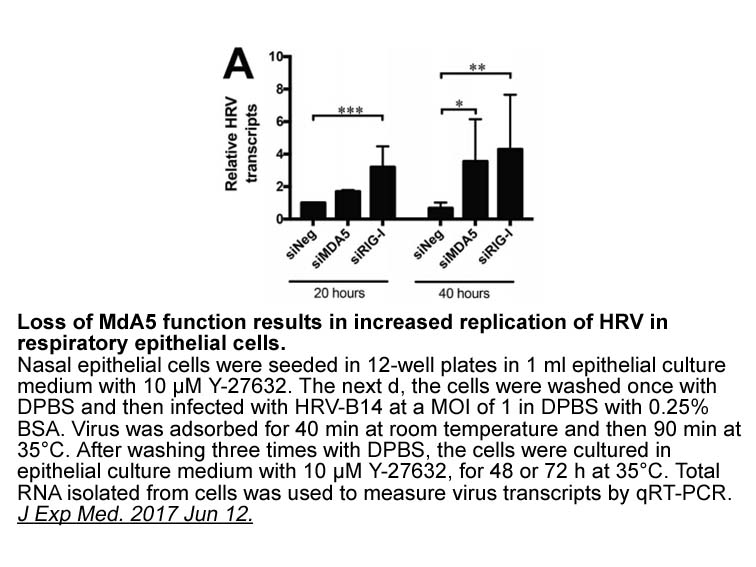
Acknowledgments This work was supported in part by the Japan Society for the Promotion of Science (JSPS) Grants-in-Aid for Scientific Research, KAKENHI; the Funding Program for Next Generation World-Leading Researchers, Grant No. LS081 (H.H.); Research Fellowships for Young Scientists (Y.O. and R
-
Table presents results for estimation
2020-08-03
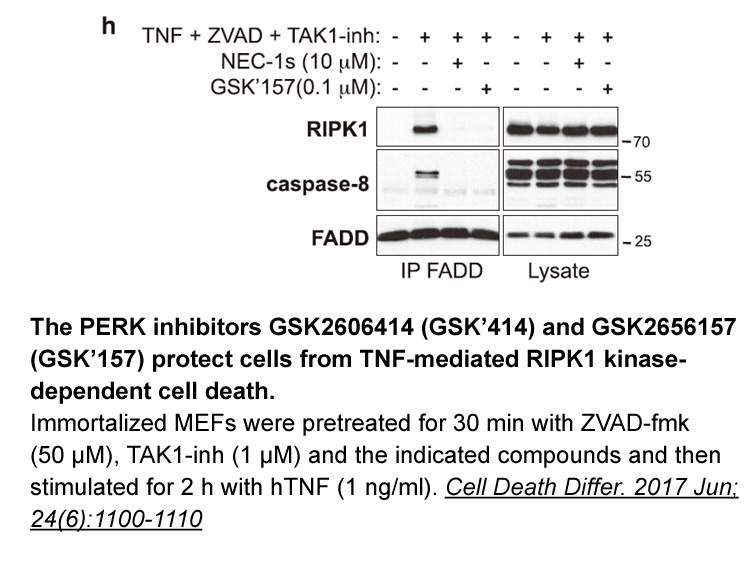
Table 4 presents results for estimation of Eq. (1) using ACTR and SUWE to compare the incidence of attempting the exam between programs. We find alumni are more likely to attempt the exam if they VU590 hydrochloride australia do not hold another professional certification, have worked for an account
16502 records 834/1101 page Previous Next First page 上5页 831832833834835 下5页 Last page